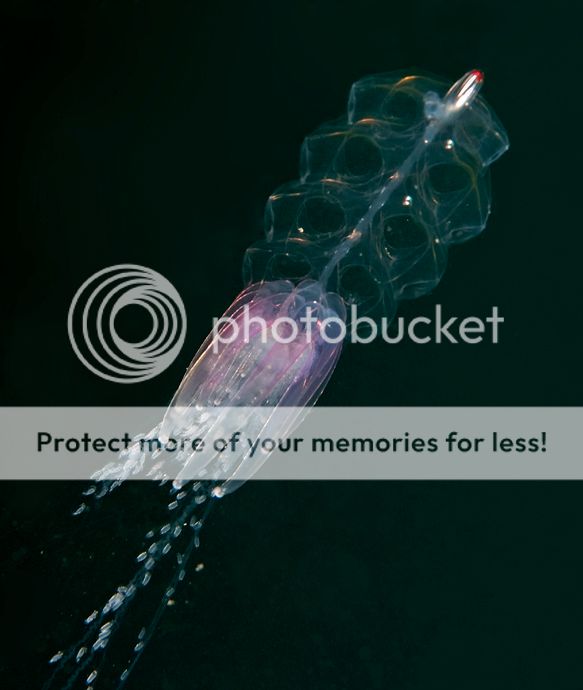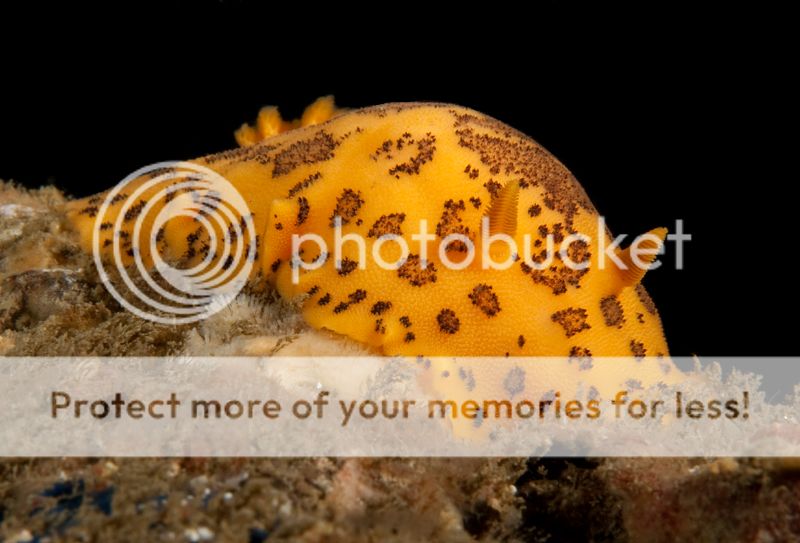|
Posted by Merry on February 27, 2013 at 17:59:32:
Midwater has been delightfully chock-full of zooplankton this year. Either that, or I'm just spending more time there. An elegant siphonophore, Physophora hydrostatica. Approx. 2.5" 
Another siphonophore, Praya species.

Leslie Harris kindly identified this 1/4", wildly swimming thing as a juvenile terebellid polychaete worm. She added that it was "long past the point where the pelagic larvae normally settle onto the bottom. Many juveniles will only settle if they get specific chemical or other environmental cues (like sensing the proper food or adults of the same species) so sometimes they'll stay up in the water column longer than normal."

I spotted this 1/2" ghostly crustacean swimming purposefully, all by its lonesome. Dr. Mary Wicksten was nice enough to ID it as a mysid. Although shrimp-like, it isn't a true shrimp.

The eyes of a predator, Carinaria japonica.

A gravid amphipod, Phronima sedentaria. She'll eventually lay her eggs along the walls of the salp barrel.


Lately, we've been seeing a fair number of Leuckartiara sp., only ~1".

This Leuckartiara looks like it might have a gullet full of prey.

Eagle-eye Kevin Lee dragged me over to shoot these new-to-me nudis:
Peltodoris mullineri on the Avalon wreck. 


The predatory nudi, Melibe leonina.

| 
